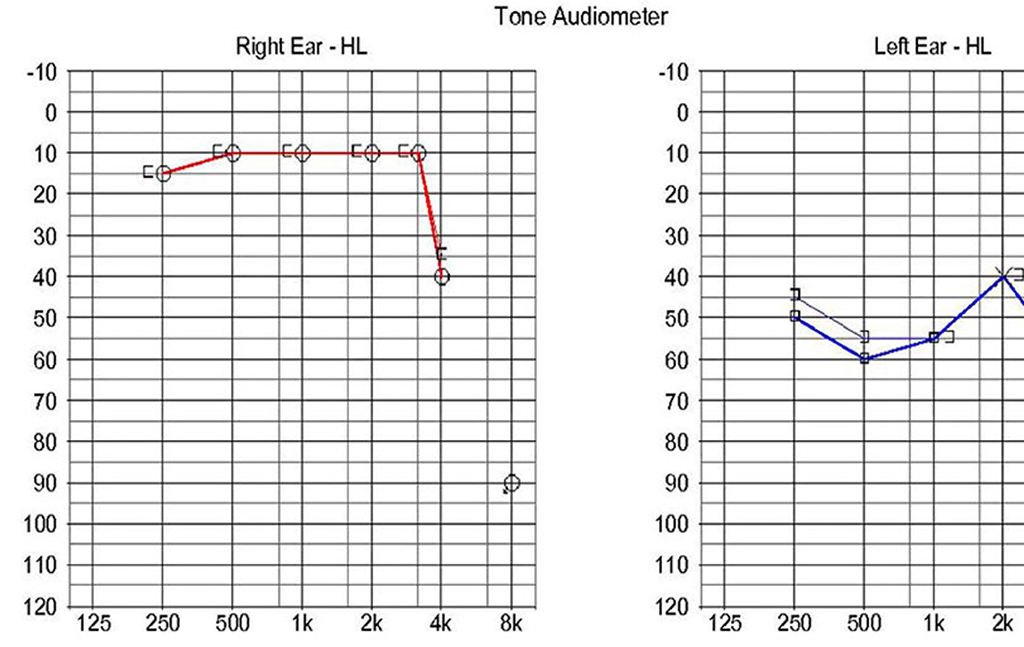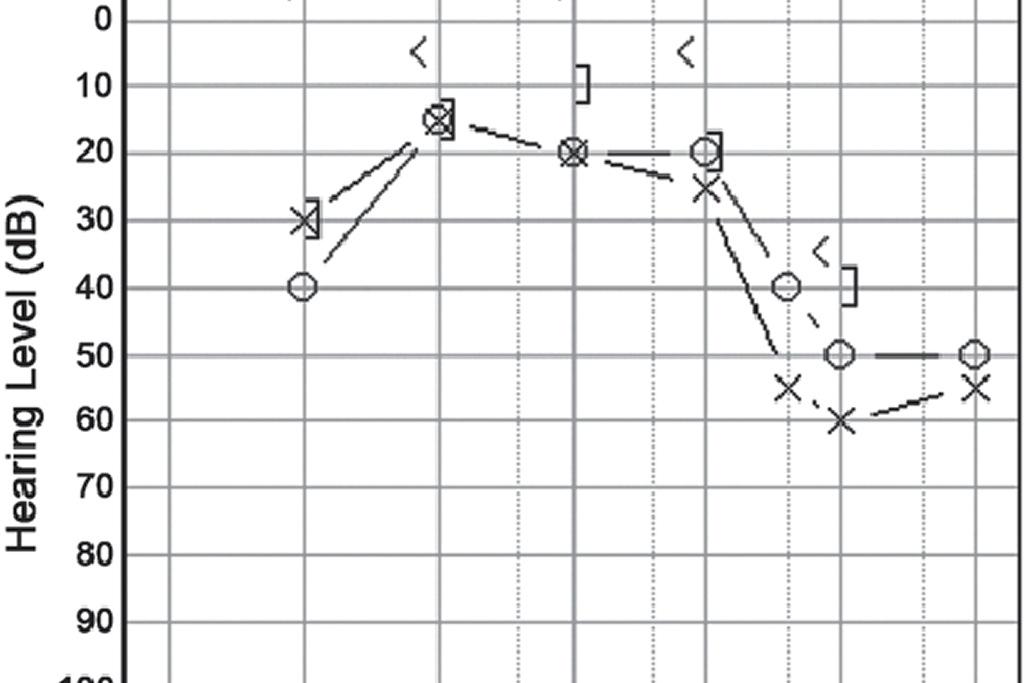What is Mixed Hearing Loss?



Mixed hearing loss is a type of hearing disorder that has both conductive and sensorineural components if sound is diminished as it travels to the inner ear, it is a mixed hearing loss if there is also some impact to the inner ear or the auditory nerve. The condition can be either temporary or permanent, based on the causative factors.
Mixed hearing loss can be present in one ear or both ears and the loss can be described as mild mixed hearing loss, moderate mixed hearing los, or as bilateral mixed hearing loss, if both ears are affected.
.png)
.png)
.png)
.png)
.png)
.png)




